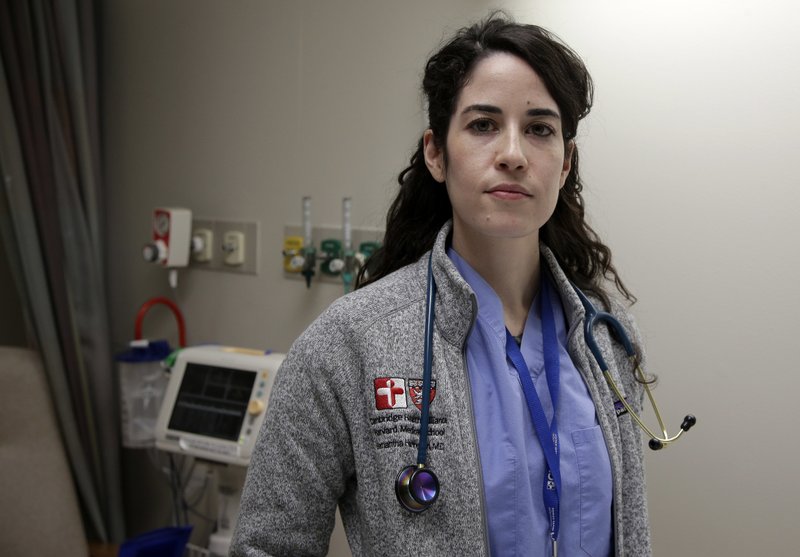CHICAGO -- Rookie doctors can work up to 24 hours straight under new work limits taking effect this summer -- a move supporters say will enhance training and foes maintain will do just the opposite.
A Chicago-based group that establishes work standards for U.S. medical school graduates has voted to eliminate a 16-hour cap for first-year residents. The Accreditation Council for Graduate Medical Education announced the move Friday as part of revisions that include reinstating the longer limit for rookies -- the same maximum allowed for advanced residents.
An 80-hour per week limit for residents at all levels remains in place under the new rules.
Dr. Anai Kothari, a third-year resident on a council panel that recommended the changes, said he only occasionally works 24-hour shifts.
The extra hours give him time to finish up with patients instead of being sent home in the middle of a case, said Kothari, who works at Loyola University Medical Center near Chicago.
But first-year resident Dr. Samantha Harrington said she thinks it will endanger the safety of residents and patients.
Harrington said her 14-hour shifts this winter at Cambridge Hospital near Boston are already plenty long.
To stay awake while driving home after work, she sometimes rolls down the window to let the freezing air blast her in the face.
Harrington said the grueling hours are "based on a patriarchal hazing system," where longtime physicians think, "'I went through it, so therefore you have to go through it too.'"
She is a member of the Committee of Interns and Residents, a union group that opposes the work-shift changes. So does the American Medical Student Association.
Dr. Kelly Thibert, the group's president, said putting a 16-hour cap on all residents' work shifts would be a safer way to even the playing field.
There are more than 120,000 U.S. doctors-in-training, including rookies.
The accreditation council has for years wrestled with ensuring that doctors are adequately trained but not overworked.
The 1984 death of an 18-year-old college student in a New York hospital while under the care of medical residents working long hours put a national spotlight on the issue.
Medication error and inadequate supervision were cited in that case, which prompted a lengthy investigation and state limits for residents' work hours.
In 2003, the council implemented national standards that established the 24-hour shift cap and 80-hour work week for all residents. After an Institute of Medicine report raised additional safety concerns about sleep-deprived residents, the council in 2010 shortened work-shift caps for first-year residents to 16 hours and strongly recommended "strategic napping."
U.S. doctor training generally includes an undergraduate science-related degree followed by four years of medical school.
After that, newly minted doctors pursue several years of on-the-job training as medical residents, usually in hospitals.
Fellowships or extra training in medical specialties may follow after that.
A Section on 03/11/2017

